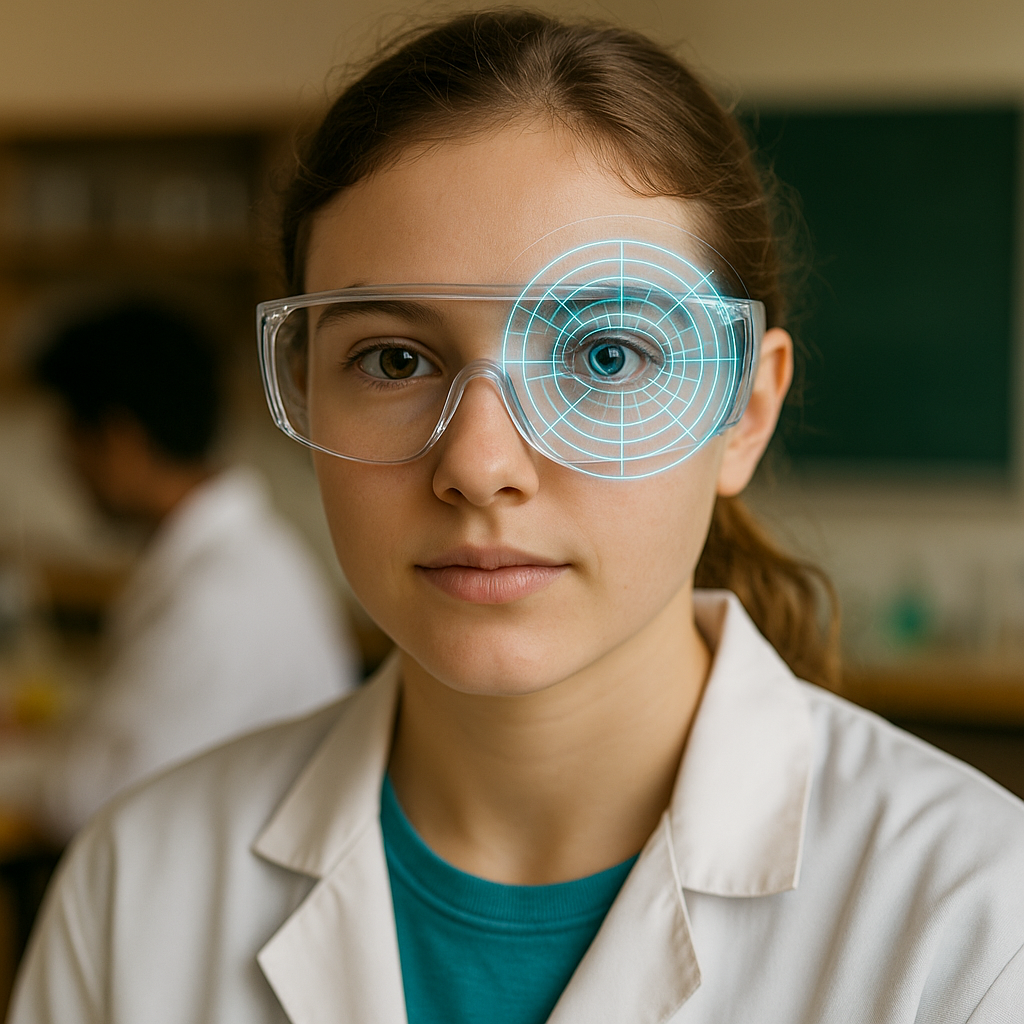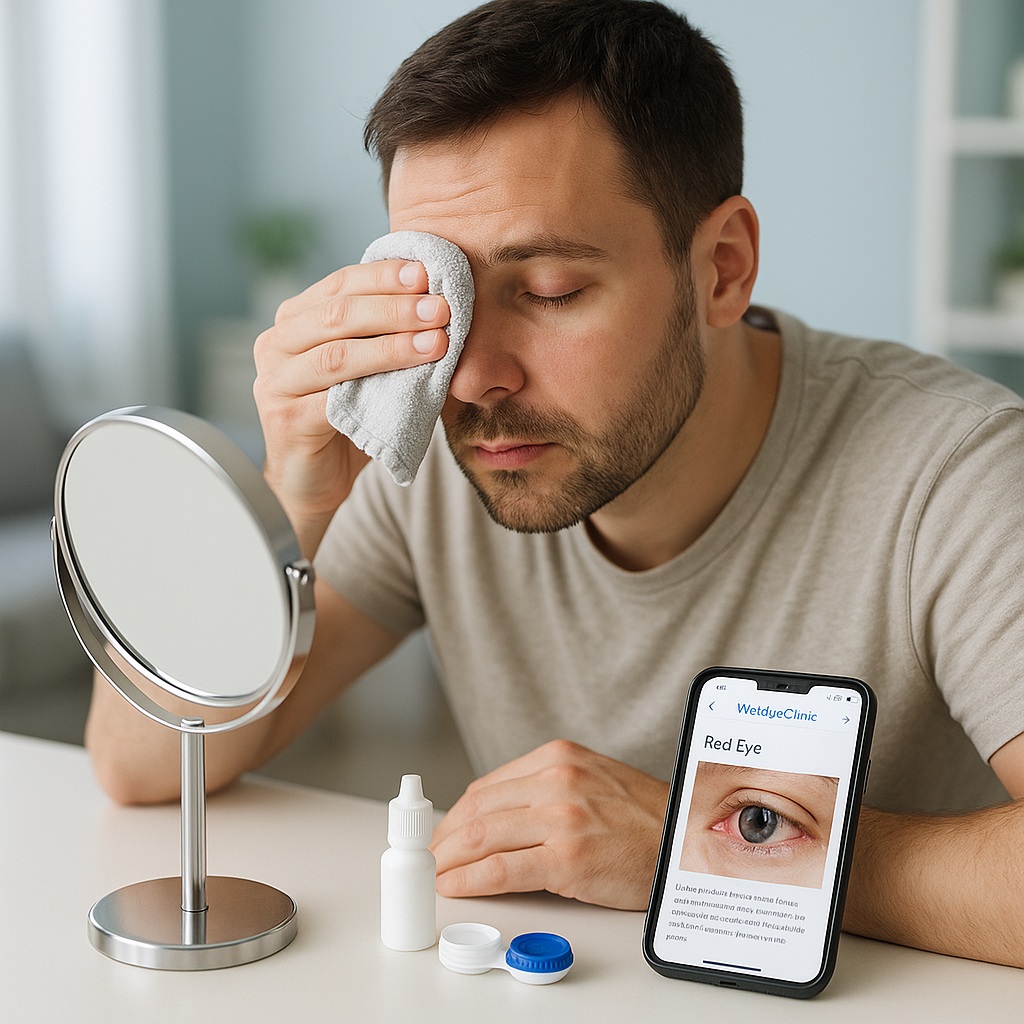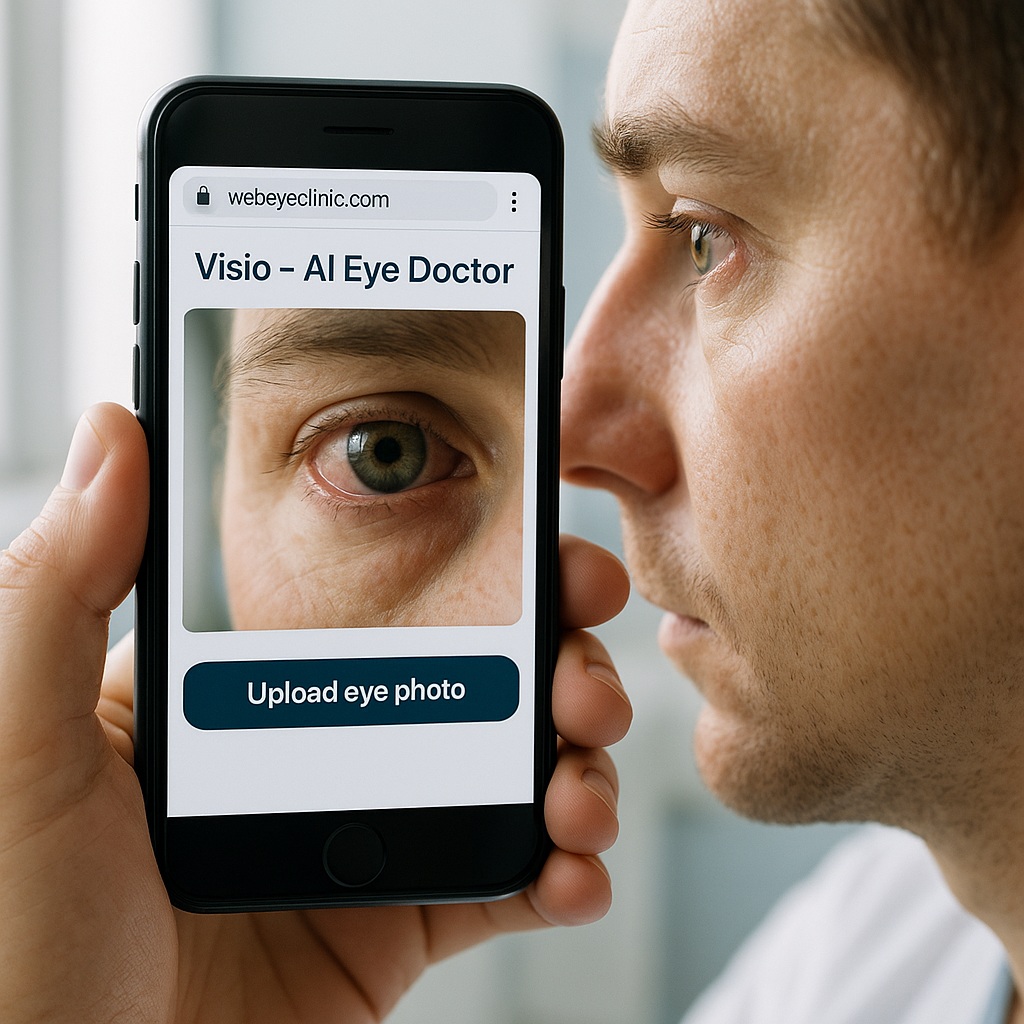If You Wear Contact Lenses in the School Laboratory: Safety Guidelines and Best Practices
Published: August 16, 2025
1. Understanding the Risks
Wearing contact lenses in a school laboratory can pose unique risks if proper precautions are not taken. Chemicals, fumes, and particles can interact with contact lenses, potentially trapping harmful substances against the eye or causing discomfort. Understanding these hazards is the first step to ensuring safety.
1.1 Chemical Absorption
- Soft contact lenses can absorb vapors from chemicals such as formaldehyde or acetone.
- This absorption can prolong exposure and increase the risk of irritation or injury.
1.2 Physical Irritants
- Dust, powders, or small particles from experiments can get trapped under the lens.
- This can cause scratching of the cornea or increase the risk of infection.
1.3 Delayed Response in Emergencies
In the event of a chemical splash, removing contact lenses quickly is critical. However, lenses can make emergency rinsing more difficult if not removed promptly.
2. Laboratory Safety Guidelines for Contact Lens Wearers
Following proper safety protocols can reduce risks for students who choose to wear contact lenses in the lab.
2.1 Wear Approved Eye Protection
- Always wear ANSI-approved safety goggles over contact lenses.
- Goggles should fit snugly to prevent chemical splashes from reaching the eyes.
2.2 Inform Your Instructor
Let your science teacher or lab supervisor know if you wear contact lenses. This ensures they can respond appropriately in case of an eye emergency.
2.3 Avoid Touching Your Eyes
- Do not adjust or remove contact lenses in the lab without washing your hands thoroughly.
- Contaminated hands can transfer hazardous chemicals directly to your eyes.
2.4 Be Prepared for Emergencies
- Know the location of the nearest eye wash station.
- In the event of chemical exposure, remove lenses immediately while rinsing with water for at least 15 minutes.
3. When to Avoid Wearing Contact Lenses in the Lab
Certain experiments and environments may make it safer to wear glasses instead of contacts:
- Working with volatile chemicals with strong fumes.
- Experiments involving fine powders or aerosols.
- Situations where emergency removal of lenses may be delayed.
4. Best Practices for Eye Safety
- Carry a spare pair of glasses for use in hazardous environments.
- Replace contact lenses immediately if contamination is suspected.
- Schedule regular eye exams to ensure lens fit and eye health


